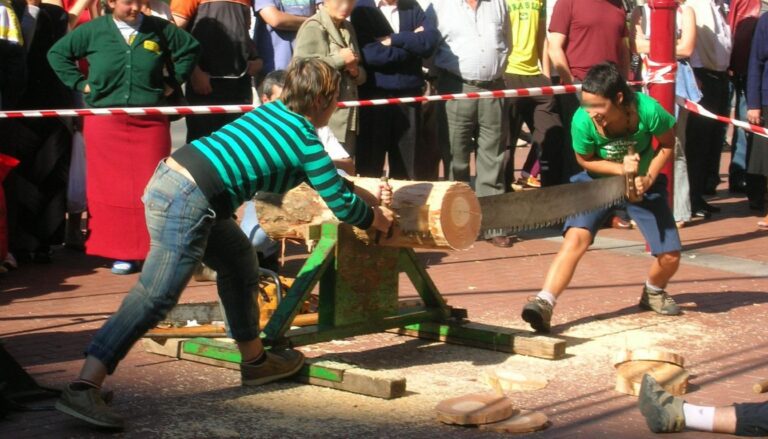Pastilla, Fez Morocco
In the labyrinthine streets of Fez’s ancient medina, where centuries-old culinary traditions whisper through narrow alleyways, one dish stands as a testament to Morocco’s imperial heritage – the magnificent Pastilla. This delicate sweet-savory pastry, where tender spiced pigeon meat meets candied almonds and fragrant spices beneath sheets of paper-thin warka pastry, tells a story of refined Andalusian influence and Moroccan culinary mastery that has captivated food lovers for generations.
Table of Contents
Historical and Cultural Significance
The story of Pastilla (also known as Bastilla or B’stilla) is deeply intertwined with the rich history of Fez, Morocco’s cultural and culinary capital. Born in the kitchens of the Andalusian immigrants who fled Spain in the 15th century, this dish represents the sophisticated fusion of Arab, Berber, and European culinary traditions.
Originally served in the royal courts of Morocco, Pastilla was created as a symbol of celebration and abundance. The combination of sweet and savory flavors – a hallmark of medieval Arab cuisine – reflected the refinement and complexity of palace gastronomy. The intricate preparation process and precious ingredients like saffron and almonds further emphasized its status as a dish worthy of sultans.
In Moroccan culture, Pastilla holds a special place at celebrations, particularly weddings and important family gatherings. The sharing of this elaborate dish symbolizes hospitality, respect, and the honor of preserving ancestral cooking traditions.
Ingredients and Preparation
The creation of an authentic Fessi Pastilla is an intricate process that requires both skill and patience:
Key Ingredients:
- Warka pastry – paper-thin sheets similar to phyllo
- Pigeon meat (though chicken is commonly used today)
- Spice blend including saffron, ginger, cinnamon, and black pepper
- Fresh herbs: parsley and cilantro
- Almonds, toasted and ground with sugar
- Eggs for the crucial binding layer
- Powdered sugar and cinnamon for dusting
Traditional Preparation Process:
- The meat is slowly cooked with onions, spices, and herbs until tender
- A separate mixture of beaten eggs is gently cooked with the meat’s cooking juices
- Almonds are toasted, ground, and sweetened
- Layers of warka pastry are carefully arranged and filled
- The pie is assembled in a round pan, with precise folding techniques
- Baked until golden brown and finished with the signature sugar and cinnamon pattern
Where to Try It
In Fez, several establishments offer exceptional versions of this royal delicacy:
- Dar Roumana – A traditional riad where the Pastilla is prepared following centuries-old recipes
- Restaurant Nur – Offers a refined interpretation with panoramic medina views
- Café Clock – Serves a more casual yet authentic version
- La Maison Bleue – Presents Pastilla in an atmospheric 19th-century palace setting
For the most authentic experience, seek out restaurants in the Fez Medina, particularly around the Bab Boujloud area, where family-run establishments have been perfecting their Pastilla recipes for generations.
Eating Etiquette and Customs
Pastilla embodies important aspects of Moroccan dining etiquette:
- Traditionally eaten as a starter, though it’s substantial enough to be a main course
- Shared communally from a central plate
- Eaten with the right hand, though modern restaurants provide cutlery
- It’s customary to compliment the cook and express gratitude for such a labor-intensive dish
- Respect the timing – Pastilla is often served at the beginning of elaborate multi-course meals
Seasonal Considerations
While Pastilla can be enjoyed year-round, certain considerations enhance the experience:
- Spring and Fall are ideal seasons to visit Fez, offering comfortable temperatures for exploring the medina
- Ramadan brings special variations of Pastilla, often served at iftar (breaking of the fast)
- During summer months, lighter versions might be preferred
- Winter sees the dish served at numerous festivals and celebrations
Modern Interpretations
Contemporary chefs have adapted this classic while respecting its essence:
- Seafood variations using fish or shellfish
- Vegetarian versions with mushrooms and seasonal vegetables
- Mini Pastillas served as elegant appetizers
- Creative presentations in high-end restaurants while maintaining traditional flavors
Practical Information and Travel Tips
- Best Time to Visit: March to May or September to November
- Location: Most authentic Pastilla experiences are found within Fez Medina
- Advance Reservations: Recommended for high-end restaurants
- Price Range: 150-300 Moroccan Dirhams for traditional Pastilla
- Food Safety: Choose established restaurants for the best experience
- Language: Learning basic Arabic or French phrases helps in traditional establishments
- Photography: Always ask permission before taking photos in restaurants
- Dietary Considerations: Inform restaurants in advance about any restrictions
Making Your Pastilla Journey Memorable
Immerse yourself in the magic of Fez by timing your Pastilla experience with sunset over the medina. Choose a rooftop restaurant, listen to the call to prayer echo across ancient minarets, and savor each layer of this remarkable dish. Let the flavors tell you stories of sultans, spice caravans, and centuries of culinary artistry in one of Morocco’s most enchanting cities.













